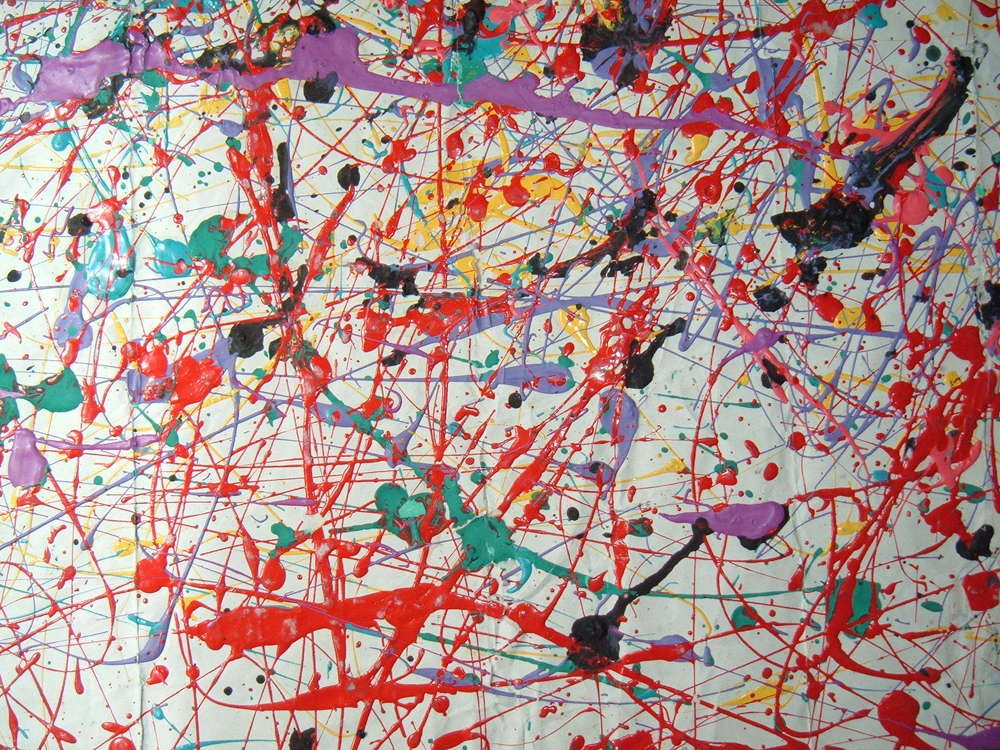Liverpool has a great tradition and history as a port, but these days a city that no longer acts as one of the biggest ports in the world has sought to reinvent itself in all kinds of ways. That is never more true than down in the docklands, where buildings that were once warehouses and shipping offices are now being used for culture, entertainment and museums. One of the best of these is the Tate Liverpool, where the finest art has found a new home in a post-industrial city.
This autumn offers something particularly compelling for visitors, as an exhibition of the drip paintings by the great American artist Jackson Pollock is taking place. Titled Jackson Pollock: Blind Spots, it features a technique pioneered by Pollock, that of action painting, where he dripped paint onto a canvas on the floor. Part of this practice was called Black Pourings, a variation on the style he created four years after his first action painting work as he moved from dropping spots to more concentrated pouring. It is a collaboration between the Dallas Museum of Art and the Tate, with visitors being taken on a journey through the career of the artist, one that traces the development of this style from his first drip paintings between 1947 and 1949, through to his black pourings in the 1951-53 period.
The very title Blind Spots is designed to highlight the fact that much of the work on display is little known. It gives us an insight into those parts of Pollock’s career and works that may have been hidden from public attention. By doing so, it provides a new angle and insight into one of the most famous, influential and occasionally controversial artists of the 20th century.
The exhibition runs until October 18th and while it is free for Tate members, paying entry is just £11 and concessions £8.25, assuming a donation is included. Taxpayers can gift-aid this to help maintain funding for the gallery.









